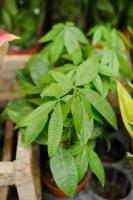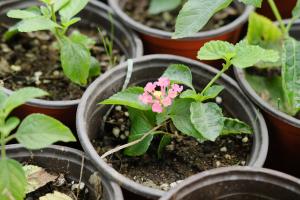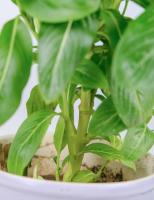When to Plant Fig Trees in Northern California
Figs are a popular fruit tree that is cultivated across California, and especially in the northern regions of the state. Whether you are a professional orchardist or a backyard gardener, knowing the right time to plant fig trees is crucial for success. In this article, we will explore the best timings and strategies for planting fig trees in northern California.
Choosing the Right Time to Plant
The first and foremost thing to consider before planting a fig tree is the timing. Generally, the ideal time to plant fig trees is in the late winter or early spring when the soil is moist and workable. In northern California, the recommended time is between February and March, as the weather during this period is typically mild and conducive to plant growth.
Preparing the Site
Before planting the fig tree, it is important to prepare the site properly. This begins with selecting a well-drained location that receives at least six hours of direct sunlight daily. You should also ensure that the soil is fertile, pH-balanced, and able to retain moisture. Adding organic matter like compost, manure, or shredded leaves to the soil can help improve its structure and fertility.
Planting Your Fig Tree
Once you have selected the right location and prepared the soil, you can start planting your fig tree. Begin by digging a hole that is twice as wide and deep as the size of the root ball. Gently loosen the roots and place the tree in the hole, ensuring that the top of the root ball is level with the surrounding soil. Fill the hole with soil, tamping it gently to ensure that there are no air pockets around the roots. Water the tree thoroughly after planting to promote root growth.
Post-Planting Care
After planting your fig tree, it is important to take care of it properly to ensure healthy growth and fruit production. This includes regular watering during the spring and summer months, especially during hot and dry spells. It is also recommended to apply a layer of mulch around the base of the tree to help retain moisture, suppress weeds, and maintain soil temperature. Pruning the tree in the early spring can promote better fruiting and overall health. Fertilizing the tree once or twice per year with a balanced fertilizer can also help maintain its health and vitality.
Conclusion
Planting fig trees in northern California is an excellent way to grow and cultivate this beloved fruit. The timing of planting is critical, and it is recommended to plant in late winter or early spring to ensure optimal growth and climate. Preparing the soil properly, planting carefully, and taking post-planting care of the tree are all important steps in ensuring its long-term health and fruit production.

 how many times do yo...
how many times do yo... how many planted tre...
how many planted tre... how many pine trees ...
how many pine trees ... how many pecan trees...
how many pecan trees... how many plants comp...
how many plants comp... how many plants can ...
how many plants can ... how many plants and ...
how many plants and ... how many pepper plan...
how many pepper plan...






























